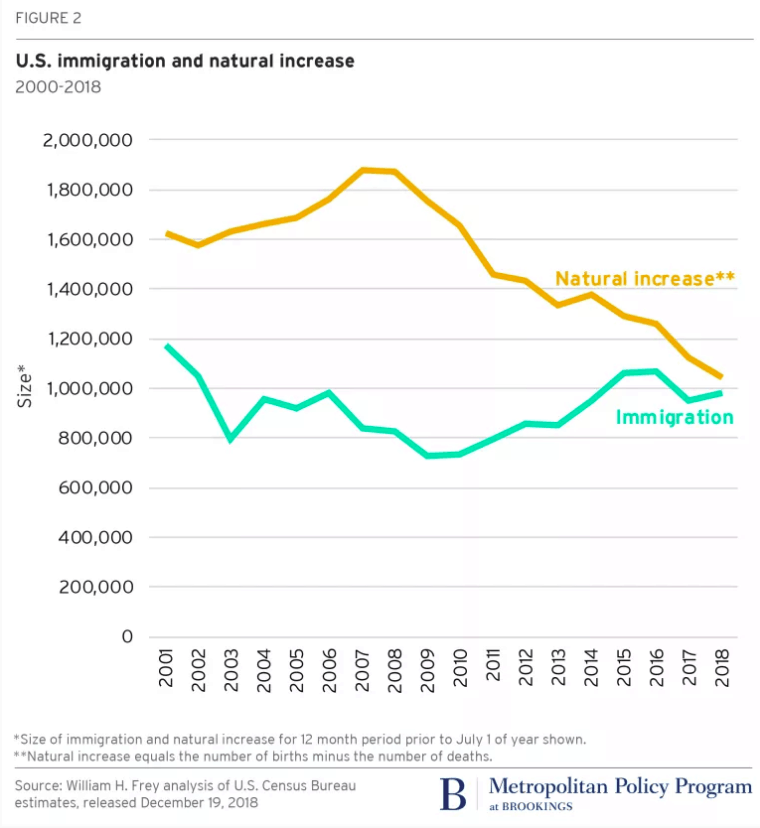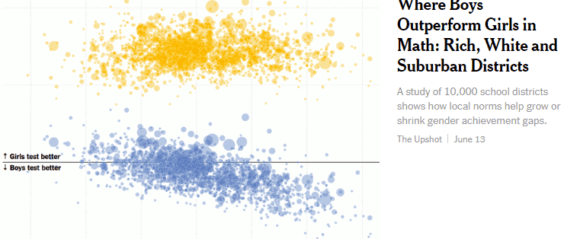The Other 49+
The positive impacts of home visiting programs like the Nurse-Family Partnership are well documented. These programs typically involve trained nurses or social workers visiting with low-income, first-time parents to provide support and training. Recently, schools have added home visiting strategies where teachers visit students at home as a way to deepen the relationship between both parent and teacher and child and teacher. In West Virginia, McDowell County is the first school district in the state to employ home visiting in every school and every grade level with a focus on helping families plan for their child’s future. Read more about their approach here.
An article in NPR this week looks at how the Bethlehem, Pennsylvania school district is retraining their teachers on how to teach students to read. After examining their professional development on literacy, the chief academic officer realized that teachers were being taught that students learn to read using context clues and images and that the more they read, the more words they will learn. However, thousands of studies have proven this theory wrong; kids actually learn to read by decoding. The district started teaching teachers the science behind how kids learn to read, and their reading scores skyrocketed.
CityLab published a piece this week looking at the impact of Quebec’s subsidized child care program. The program started in 1996 to provide low-fee, universal child care with the goals of increasing women’s labor force participation, increasing child development and social skills, and raising revenue through higher payroll taxes. Since the program started, the employment rate for mothers with children under the age of 5 has grown 20 percent from 64 percent in 1997 to 80 percent in 2016. This increase in labor force participation means that the program has completely paid for itself and is actually saving money for the government.
For Your Consideration
Brookings Institute published a piece this week titled “US population growth hits 80-year low, capping off a year of demographic stagnation.” The report shows that although immigration has increased slightly in the past few years, the US birth rate has slowed down so much over the past 10 years that the annual population growth is now 0.62 percent, the lowest its been in 80 years.

North Carolina is one of a handful of states that grew by more than one percent in 2018, but when you break that down by age, the child population (those under age 18) grew by only 0.83 percent in the last year compared to the adult population, which grew by 11.43 percent. The author concludes by stating policymakers must be prepared for a larger aging population and a slower-growing labor force.


